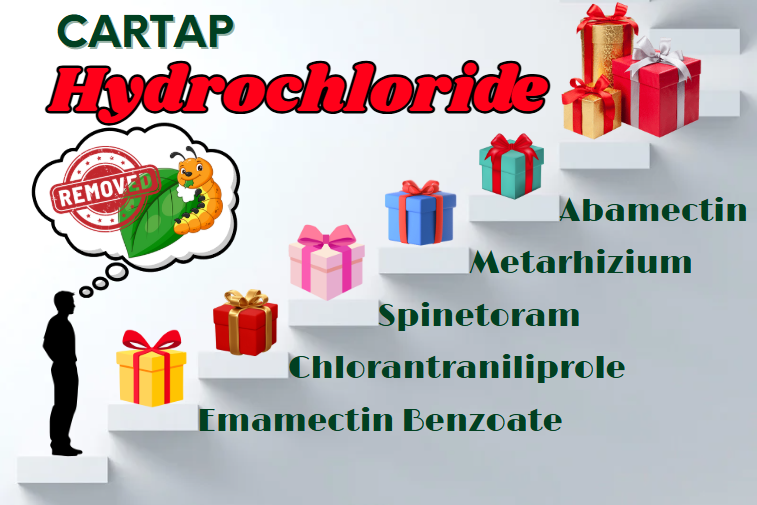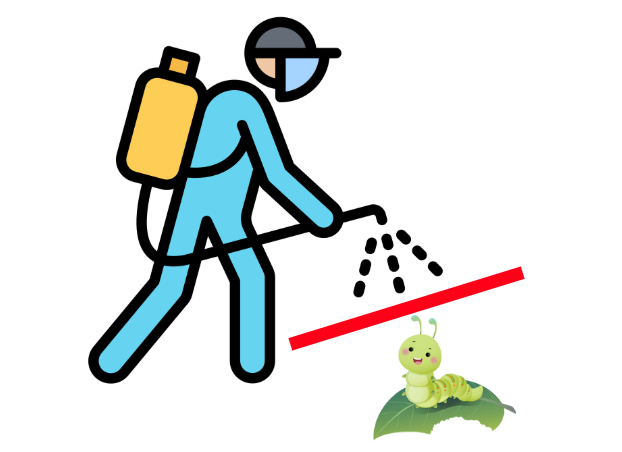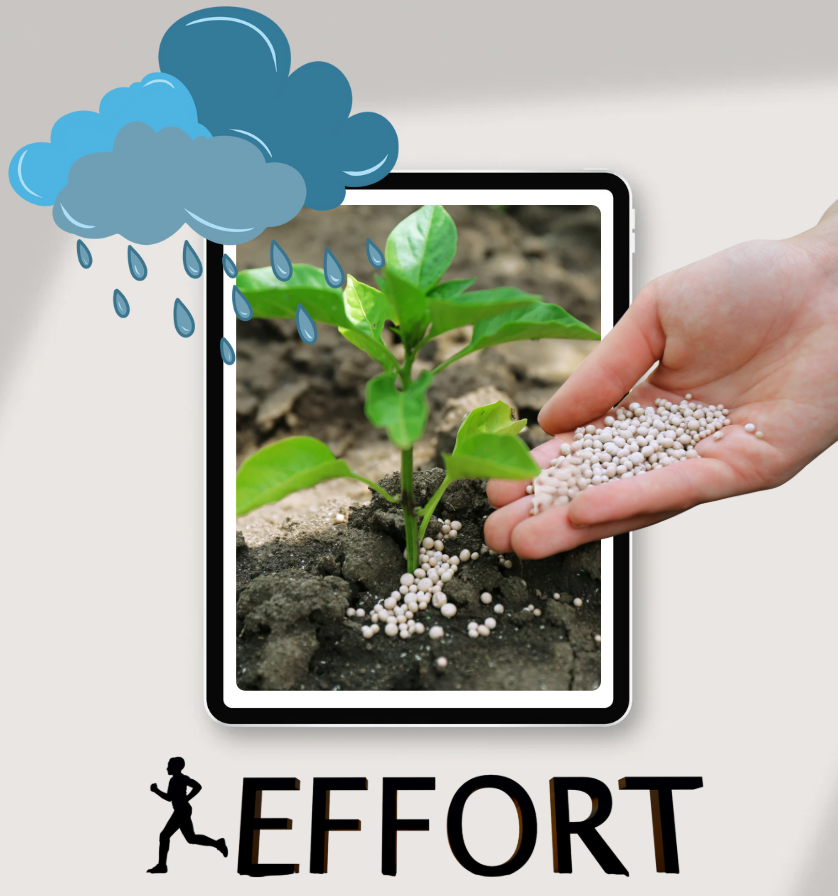
Rotational Insecticide Strategy to Prevent Resistance – The Role of Cartap Hydrochloride
In modern agriculture, pesticide resistance has become one of the most pressing challenges. Pests such as diamondback moths, green caterpillars, and leaf rollers are increasingly adapting to traditional active ingredients. In this context, a rotation strategy of insecticidal active ingredients has emerged as the most effective approach to protect crops while maintaining the long-term efficacy of crop protection products. Cartap Hydrochloride plays a vital role in this strategy.
1. What is Pesticide Resistance and Why Rotate Active Ingredients?

Pesticide resistance occurs when pests are no longer affected by insecticides that were once effective. Key causes include:
- Repeated use of the same active ingredient within a single or multiple growing seasons.
- Sub-lethal dosages or improper application timing.
- Lack of rotation or combination with ingredients of different modes of action.
Consequences include increased dosages and spray frequency without improved results, leading to economic loss, environmental pollution, and toxic residues in agricultural products.
2. Principles of Active Ingredient Rotation Strategy
✅ Rotate by mode of action group – avoid continuous use of actives with the same mechanism.
✅ Select ingredients that target the same pests but work through different pathways.
✅ Avoid combining ingredients with similar mechanisms.
✅ Prioritize actives that are low in toxicity and ecologically friendly, to preserve natural enemies and beneficial organisms.
3. The Role of Cartap Hydrochloride in Rotation Programs
Cartap Hydrochloride belongs to the Nereistoxin analog group. Its mode of action involves inhibiting neural transmission, which differs significantly from the following commonly used groups:
- Avermectins (Emamectin, Abamectin)
- Spinosyns (Spinosad, Spinetoram)
- Pyrethroids (Alpha-cypermethrin, Lambda-cyhalothrin)
- Organophosphates (Chlorpyrifos, Diazinon)
- Diamides (Chlorantraniliprole, Flubendiamide)
👉 This makes Cartap an ideal candidate for alternating between treatments to:
- Disrupt pest resistance cycles.
- Restore effectiveness of previously reduced actives.
- Minimize cross-resistance risks, especially with biological products.
4. Suggested Rotation Schedules by Crop Type
a. Rice (leaf rollers, stem borers):
|
Spray |
Growth Stage |
Suggested Active Ingredient |
|
1 |
Tillering |
Emamectin Benzoate |
|
2 |
Panicle Initiation |
Cartap Hydrochloride |
|
3 |
Flowering – Milk stage |
Chlorantraniliprole or Spinetoram |
b. Vegetables (diamondback moth, green caterpillar):
|
Spray |
Timing |
Suggested Active Ingredient |
|
1 |
10 days after sowing |
Spinosad or Abamectin |
|
2 |
7–10 days later |
Cartap Hydrochloride |
|
3 |
Pre-harvest |
Neem oil or Metarhizium (biological) |
5. Notes When Using Cartap in Rotation

- Do not use Cartap more than twice consecutively in a single crop cycle.
- Do not mix Cartap with strongly alkaline substances or micronutrient fertilizers.
- Maintain clear pesticide use records if operating under GAP-certified farming models.
6. Conclusion
The rotation of insecticidal active ingredients is a core strategy for controlling pesticide resistance and ensuring sustainable crop protection. Cartap Hydrochloride plays a crucial bridging role between different insecticide groups—helping to sustain efficacy, reduce costs, and protect the environment. Use Cartap scientifically and strategically to achieve high-yield, clean, and safe harvests.
Bình luận
Những bình luận mới nhất



